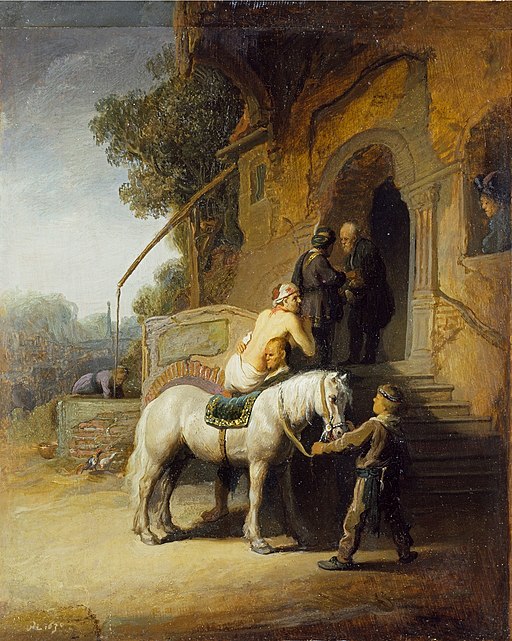 When I was in the 8th Grade, I attended Robert Fulton Junior High School in Van Nuys, California, which is in the San Fernando Valley area of the Los Angeles metroplex. At some point during the year, Mrs. R. Smith, who taught English, gave my class an assignment to memorize and interpret a poem; we had to get up in front of the class, recite the poem, and then give our interpretation. When it came to be my turn, I recited my chosen poem, said what I believed it meant, and explained my interpretation. Mrs. Smith responded, “Your interpretation is wrong,” to which I replied, “I can interpret a poem any damned way I please!”
When I was in the 8th Grade, I attended Robert Fulton Junior High School in Van Nuys, California, which is in the San Fernando Valley area of the Los Angeles metroplex. At some point during the year, Mrs. R. Smith, who taught English, gave my class an assignment to memorize and interpret a poem; we had to get up in front of the class, recite the poem, and then give our interpretation. When it came to be my turn, I recited my chosen poem, said what I believed it meant, and explained my interpretation. Mrs. Smith responded, “Your interpretation is wrong,” to which I replied, “I can interpret a poem any damned way I please!”
Well, as you might expect, she immediately ordered me to the Vice-Principal’s office, where I sat for about an hour and a half waiting for my mother whom the Vice-Principal called, to come from her office in another part of Los Angeles. I missed two other classes because of my rejection of Mrs. Smith’s one-right-interpretation approach to poetry and, while I remember the punishment, I no longer remember the poem nor the lesson she was trying to teach.
I tell you this story because that one-right-interpretation approach is the way the church has looked at the Parable of the Good Samaritan for most of its existence; for the first 1500 years that one right way was a lot different than the way most of us hear the story today.


